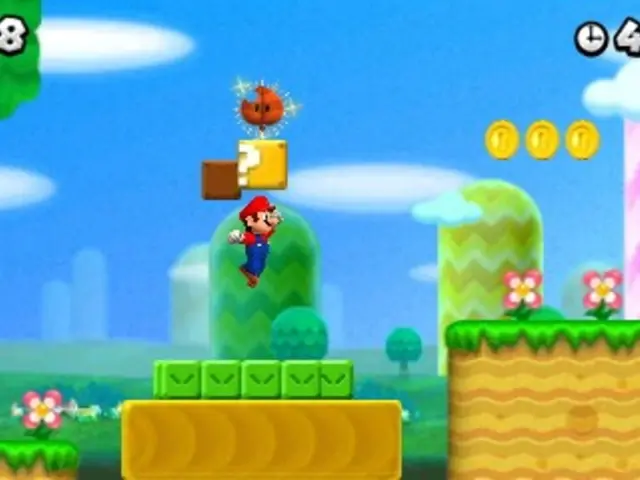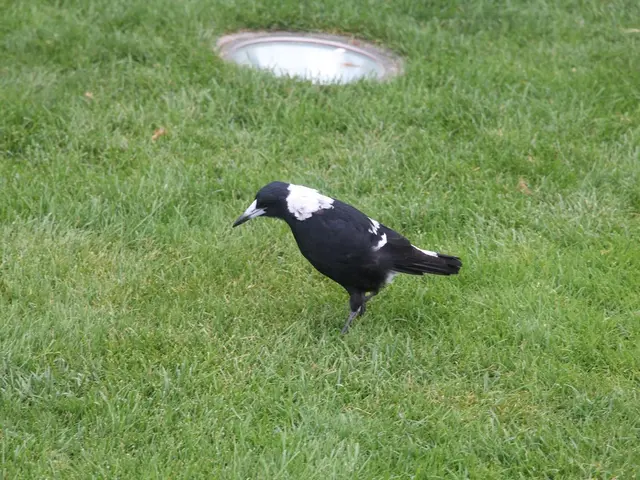Strategies for Cultivating Tomatoes in Pots: A Comprehensive Guide
For those with limited space or who live in urban areas, growing tomatoes in containers has become a popular and accessible option. This guide offers best practices for cultivating healthy and productive determinate tomatoes in containers.
**Choosing the Right Tomato Variety**
When selecting tomato varieties, opt for determinate (bush) types, such as Italian Roma, Supremo Bush, and Cream Sausage. These plants grow to a set size (typically 3–4 feet tall) and produce fruit all at once, making them well-suited for containers. Consider yield and fruit size, choosing varieties with sizes that won't overburden the vine, like Roma or cherry types.
**Container Preparation**
Choose large containers, preferably at least a 5-gallon bucket or equivalent-sized pot, with good drainage. Drill holes at the bottom and consider a layer of porous material like burlap or fabric at the base to prevent clogging while allowing water to escape. Opt for fabric pots, as they improve airflow to roots, or sturdy plastic or ceramic containers.
**Soil and Planting**
Use high-quality potting soil, avoiding garden soil, which can compact in containers and reduce drainage. Look for soil mixes rich in organic matter. Plant deep, burying up to two-thirds of the stem to encourage strong root growth.
**Location and Sunlight**
Find a sunny spot for your container garden, as tomatoes need at least 8–10 hours of direct sunlight per day for best results. If hanging or placing on a balcony, ensure the support can handle the weight of a mature, fruit-laden plant (30–50 pounds).
**Watering and Maintenance**
Container tomatoes dry out faster than those in the ground. Water when the soil feels dry; young plants may need daily watering, while mature plants may need it a couple of times per week, more in hot weather. Add a layer of organic mulch to help retain moisture and regulate soil temperature. Minimal pruning is required; only remove bottom leaves that touch the soil and small suckers below the first flower cluster.
**Support and Disease Prevention**
Provide light support, such as a small cage or stake, to keep fruit off the ground and improve air circulation, reducing disease risk. Monitor for pests and disease, as good airflow and clean leaves help prevent common tomato problems.
By following these best practices, you can successfully grow healthy, productive determinate tomatoes in containers. Immediately insert a support system for tomato plants when planting to avoid disturbing roots. Water tomato plants in the morning for efficient water absorption, and water the soil, not the plants, to prevent blight and fungus. Always ensure proper drainage for healthy tomato plants.
Embracing container gardening, especially for those with limited space or urban lifestyles, has led to a rise in the popular practice of growing tomatoes in containers. The home-and-garden lifestyle provides numerous opportunities for cultivating healthy and productive determinate tomatoes, which can be grown in large containers, such as 5-gallon buckets or equivalent-sized pots, to ensure proper drainage and growth.








